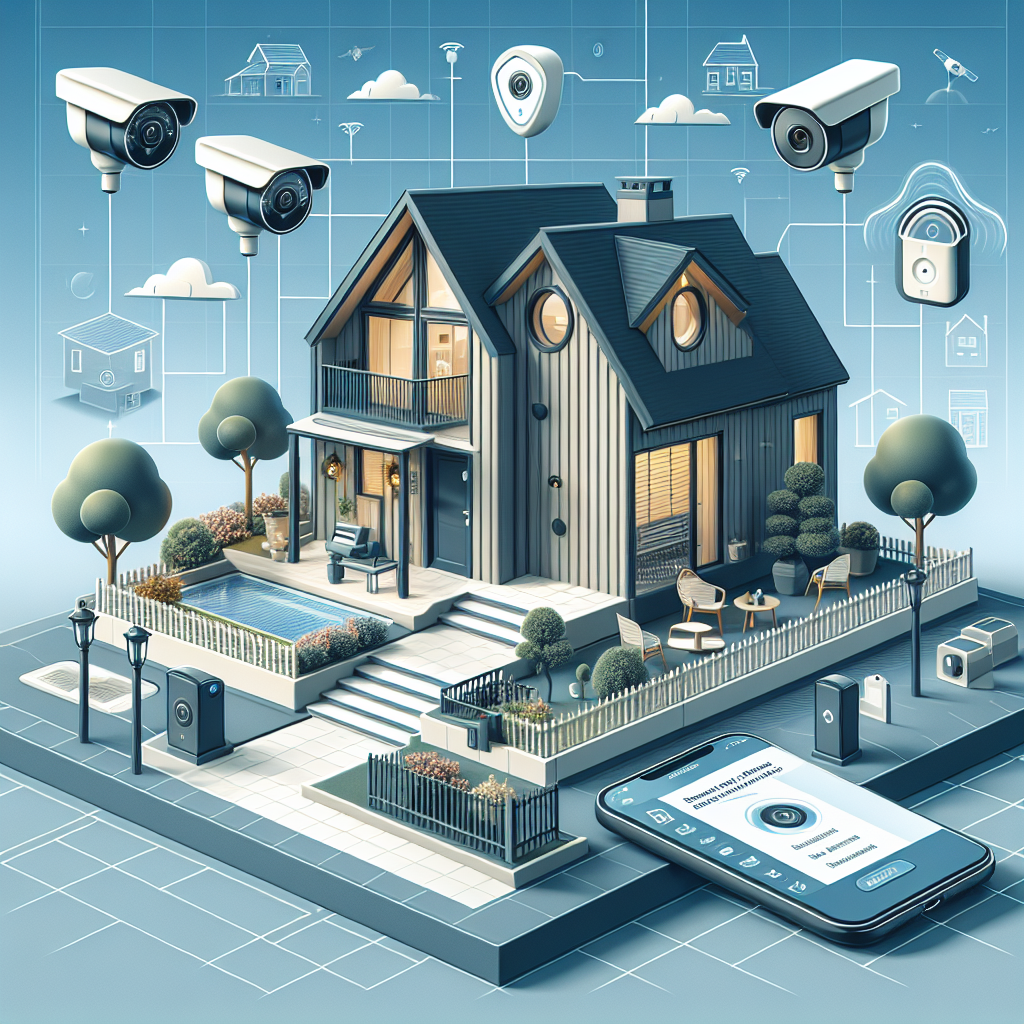Your home is your sanctuary, a place where you and your family should feel safe and secure. However, hidden hazards can lurk within any household, posing risks to health and safety. Identifying and addressing these potential dangers is crucial in maintaining a secure living environment. This comprehensive guide will help you spot and mitigate common household hazards, ensuring your home remains a safe haven.
Understanding the Risks
Hidden home hazards can range from structural issues to environmental toxins, each carrying its own set of risks. Being aware of these dangers and knowing how to identify them is the first step toward prevention.
Structural Integrity
Structural problems, such as foundation cracks, roof damage, or unstable floors, can pose significant safety risks. Regular inspections of your home’s structure can help identify issues before they escalate. Look for signs of wear and tear, water damage, or pest infestations, which can all indicate underlying structural problems.
Electrical Safety
Faulty wiring and overloaded circuits are common hazards in many homes. These issues can lead to power outages, electrical shocks, or even fires. Inspect your electrical system for frayed wires, scorch marks on outlets, or frequent circuit breaker trips. It’s advisable to consult a professional electrician for a comprehensive assessment.
Fire Hazards
Beyond electrical problems, other fire hazards may include improperly stored flammable materials, outdated appliances, and clogged dryer vents. Ensure smoke detectors are functional and strategically placed throughout your home. Regularly check and clean appliances, and store flammable substances safely away from heat sources.
Toxic Substances
Homes can harbor various toxic substances, from lead-based paint in older properties to mold growth in damp areas. Radon, a colorless, odorless gas, can also pose significant health risks. Testing kits are available for detecting these toxins, and professional remediation may be necessary to eliminate them safely.
Water Damage and Mold
Leaks and moisture build-up can lead to mold growth, which can cause respiratory issues and other health problems. Regularly inspect your home for leaks, condensation, and any signs of mold. Addressing water damage promptly and ensuring adequate ventilation can prevent mold proliferation.
Mitigation Strategies
Identifying potential hazards is only half the battle; implementing effective mitigation strategies is key to ensuring your home’s safety.
Conduct Regular Inspections
Routine inspections of your home can help catch potential hazards early. Consider creating a maintenance checklist covering all areas of your home, including the attic, basement, electrical system, and plumbing.
Invest in Professional Assessments
For certain hazards, such as electrical issues or structural integrity, professional assessments can provide peace of mind. Hiring experts to inspect your home can uncover problems you might overlook.
Implement Safety Upgrades
Upgrading your home with safety features, such as fire extinguishers, carbon monoxide detectors, and security systems, can enhance your home’s safety. Additionally, consider modernizing older systems and appliances to reduce the risk of fires and other hazards.
Educate Your Household
Ensuring all household members are aware of potential hazards and know how to respond in emergencies is crucial. Educate your family on the importance of safety practices, such as turning off appliances when not in use and storing hazardous materials properly.
Conclusion
Your home should be a safe retreat from the outside world, free from hidden dangers. By identifying potential hazards and taking proactive steps to mitigate them, you can ensure your home remains a secure environment for you and your loved ones. Remember, vigilance and regular maintenance are key to preventing these risks and maintaining a safe and healthy home.


